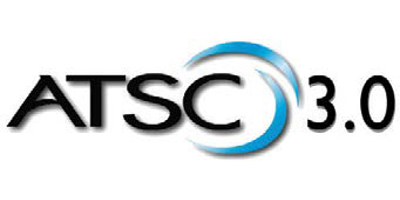ONE Media Urges FCC to Approve ATSC 3.0 by the Fall
WASHINGTON—ONE Media wants ATSC 3.0, the next-generation TV standard, and it wants it now. In comments filed on the FCC's petition to authorize ATSC 3.0, the company—which is a spinoff of Sinclair Broadcast Group devoted to the new standard—urged the commission to “approve the Next Generation transmission standard that permits innovation, service improvement and spectrum efficiency,” and that it should do so by Oct. 1.
The proposal that the comments were filed to calls for the commission to allow broadcasters to roll out ATSC 3.0 as soon as possible and at the same time as TV stations are being repacked after the FCC spectrum auction. In addition, since current TVs are incompatible with the new standard, broadcasters have agreed to simulcast during the roll out.
In its comments, ONE Media also addresses areas of concern that were raised by previous commenters, most notably deployment issues and what it calls unrelated agendas.

While some commenters have highlighted potential issues in relation to the cost of carriage and the impact on retransmission consent agreements, ONE Media says that such concerns are “misplaced.” “Broadcasters who chose to deploy ATSC 3.0-enabled transmission facilities will continue to transmit their programming using the existing ATSC 1.0 standard at the same time,” the company said in its comments. “No MVPD will be obligated to carry the Next Generation signal.” ONE Media states the FCC currently allows for broadcasters to carry multiple programming streams, and that this new petition only calls for simultaneous carriage of a station’s ATSC 1.0 and 3.0 signals.
ONE Media also addresses Dish’s proposition that the commission should wait to approve the entire ATSC 3.0 standard rather than reviewing the Discovery and Signaling portion of the Physical Layer of the standard. “This action would be wholly inconsistent with the Commission’s actions with respect to other spectrum licensees,” wrote ONE Media. “The Discovery and Signaling portion of the ATSC 3.0 Physical Layer is the only necessary piece of the Standard requiring Commission review.
Then there are what ONE Media describes as attempts to expand the scope of the proceeding to unrelated issues. Some of these examples include Dish proposing broadcasters be required to serve their entire DMAs—“apparently ignoring the laws of physics and nature of Nielsen-defined DMAs,” wrote ONE Media—and comments from Public Knowledge, Common Cause and New America on the broadcaster’s public interest obligations. “The Commission should reject these transparent attempts to expand this proceeding,” ONE Media told the FCC.
In urging an Oct. 1 approval date, the company noted that quick approval will help promote the development of new technology for the standard.
The professional video industry's #1 source for news, trends and product and tech information. Sign up below.
“The potential benefits of Next Generation television are here now,” ONE Media concluded. “The Petition reflects a relatively simple request: permit voluntary/optional and simultaneous use of two transmission standards… The FCC should expedite this proceeding to better facilitate the earliest possible availability of ATSC 3.0 equipment and the launch of Next Generation broadcast television service to the public. We encourage the Commission to follow its commitment to act expeditiously and release a technology-focused NPRM on Next Generation TV no later than Oct. 1 of this year.”
